The first 2,000 days of life, i.e. the period up to the age of five, are considered crucial for the physical development and health of any child.
Various studies have shown that the experiences a child goes through during this period have an impact that lasts for years.
All the experts BBC News Brazil spoke to emphasized the importance of a baby’s diet, especially during this period.
Monica Moritzhausen, a member of the Brazilian Society of Pediatrics, says that in the first few years of life, millions of new neural connections are being formed every second, and a healthy diet is essential for this. At the same time, good nutrition is important for a child’s physical growth and weight.
Based on interviews with medical experts and nutritionists, we can tell you what to feed a baby on a daily basis.
Mother’s milk:

Doctors say that the child should be breastfed till the age of six months.
According to Albert Einstein Hospital’s pediatrician Jose Nilio Cavinato, “Not water or anything else, mother’s milk is enough for a baby.”
Breast milk is a food that contains all the ingredients that have the ability to protect the baby from many diseases such as diarrhea or dysentery, respiratory diseases and allergies.
Breast milk also reduces the risk of developing conditions such as asthma, type 2 diabetes or obesity in the baby.
Experts say that to ensure that the mother’s milk is rich in nutrients, such women should also take special care of their diet.
Jose Nelio Cavinato says that the mother should have a good diet. “For example, we recommend an egg a day and fish once a week to ensure the supply of nutrients needed for a child’s brain development.”
Doctors say that ultra-processed foods should be avoided and if necessary, vitamin D, omega and iron supplements should be taken.
We know that these supplements are expensive and not available to everyone.
Therefore, it is important that lactating women include foods rich in nutrients as much as possible.
Babies who cannot be breastfed for any reason can be given formula milk.
The World Health Organization recommends that mothers should breastfeed for up to two years, with the first introduction of other foods at six months of age. The baby should be given porridge and fruit along with breast milk once a day for six months and twice a day in the seventh and eighth months.
In the ninth month, the baby should gradually introduce other foods. This diet includes cereals, proteins, vegetables, pulses but should not contain salt.
Healthy food:
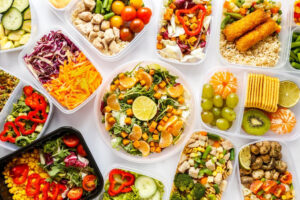
Experts say that special care should be taken that whatever food is being given to the child includes different quality ingredients.
To do this, it is recommended to divide the nutrients into different groups.
José Nelio Cavinato says that the healthy plate scheme should plan the two main meals of the day, lunch and dinner, which can be useful not only for the child but for life.
Stephanie Amaral, UNICEF’s health officer in Brazil, agrees. He says that parents should also take care of the source of whatever food is being given to the child.
It is important to eat a healthy diet free of processed and industrial foods that contain minimal amounts of sweeteners and other chemical ingredients.
Vegetables:
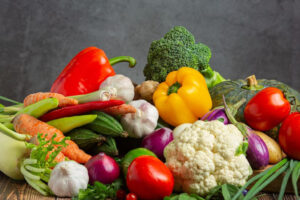
What is very important to include in the diet of children and adults are vegetables, which should make up at least 50% of the plate.
According to SBP, children between the age of one to two years should be given vegetables twice a day, while children between the age of two to five years should be given vegetables three times a day.
Among vegetables, leafy greens are a good source of fiber, vitamins, as well as minerals like folic acid and iron, says Jose Nilio Cavinato. Iron is very important for a child’s brain development.
Its deficiency is common worldwide, a form of iron deficiency anemia, and affects a child’s sensory and motor development.
Folic acid is important for the nervous system, and its deficiency sometimes manifests as changes that are impossible to treat.
A lack of fiber also manifests itself in a number of ailments, including constipation, allergies, and a weakened immune system.
Experts believe that children who do not get the required amount of vitamin C daily are prone to skin diseases, iron deficiency, tooth loss, weak bones and delayed wound healing. .
Jose Nilio Cavinato says that vitamin A deficiency can cause poor eyesight or blindness in children under five years of age.
Among vegetables, carrots and pumpkin are good sources of vitamin A, while eggplant is rich in important nutrients like calcium, magnesium, potassium and vitamin B-5. Broccoli provides vitamin K, vitamin C and vitamin A as well as potassium.
Cereals:

The rice, wheat, flour, bread, potato, barley, and corn group contain foods that should make up 25 percent of a child’s plate.
José Nilio Cavinato says this group is a healthy source of carbohydrates and vitamins, as well as fats that provide energy to the body.
A lack of carbohydrates can be seen in the form of a bad mood. But on the other hand, excess of them can lead to obesity, diabetes and heart diseases.
Experts say that 50 to 60 percent of the calories in the food given to the child should consist of carbohydrates.
Meat and eggs:

The daily child diet should contain meat and eggs which must occupy one eighth of their plate. The SBP recommends that kids between 1-3 years have at least two servings of meat or eggs daily, and kids aged 4-5 should have one serving per day.
Meat options include chicken, beef, and fish, all of which are vital sources of iron and provide vitamin B12 essential for a child’s immune system. A deficiency in vitamin B12 can impact a child’s physical development.
Fish meat is especially rich in DHA (omega-3 fatty acids) which are important for the nervous system, retina development, and protect against conditions like obesity and high blood pressure, as noted by José Nilio Cavinato.
While eggs are an abundant source of protein, they shouldn’t be relied on as the only source of protein.
Lentils:
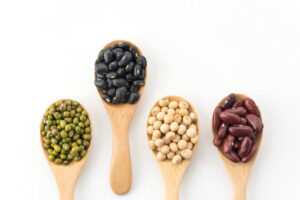
The remaining part of a child’s food plate is completed by pulses, which according to experts should be one-eighth of the plate.
This group includes beans, pulses, chickpeas, and soybeans, which contain vitamins and important minerals like iron, zinc, and magnesium.
Magnesium deficiency manifests as fatigue, while zinc deficiency can cause loss of appetite, impaired sense of smell and taste, and decreased immunity.
Vegetable oil:

All baby food preparation must contain vegetable oil. Commonly used oils include olive oil, canola oil, sunflower oil, corn oil, and coconut oil.
According to SBP experts, each vegetable oil contains different types of ingredients.
According to him, olive oil contains omega-3, while soybean, canola, and sunflower oils also contain omega-3.
Fruits:
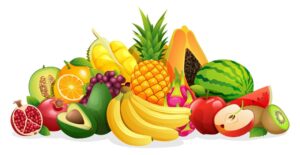
Fruit is crucial for children as a post-meal dessert option. It’s recommended for kids aged 1-5 to consume 3 portions of fruit daily. Although fruit juice can be given to children, it’s not a suitable replacement for water or actual fruit.
It’s advised to serve fruit that is in-season and contains fiber. Fruit provides a crucial source of Vitamin C and is an excellent source of fiber, according to José Nilio Cavinato.
Dairy products:
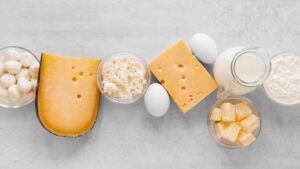
After the age of one year, milk products can also be given to the child which should be given as three servings on a daily basis till the age of five years.
Milk, cheese and yogurt provide calcium, which is essential for bone and muscle growth.
A calcium deficiency can cause dental problems and, if left untreated, the damage can be permanent.
For families who cannot give milk products daily due to financial constraints, calcium-rich foods such as cereals, soy milk or pulses are recommended. Spinach is also an inexpensive source of calcium.
Jose Nelio Cavinato says that cow’s milk should be avoided before the age of one year. According to him, cow’s milk contains three times more protein than mother’s milk, which can cause obesity.
Sharing is caring!
Comment below!

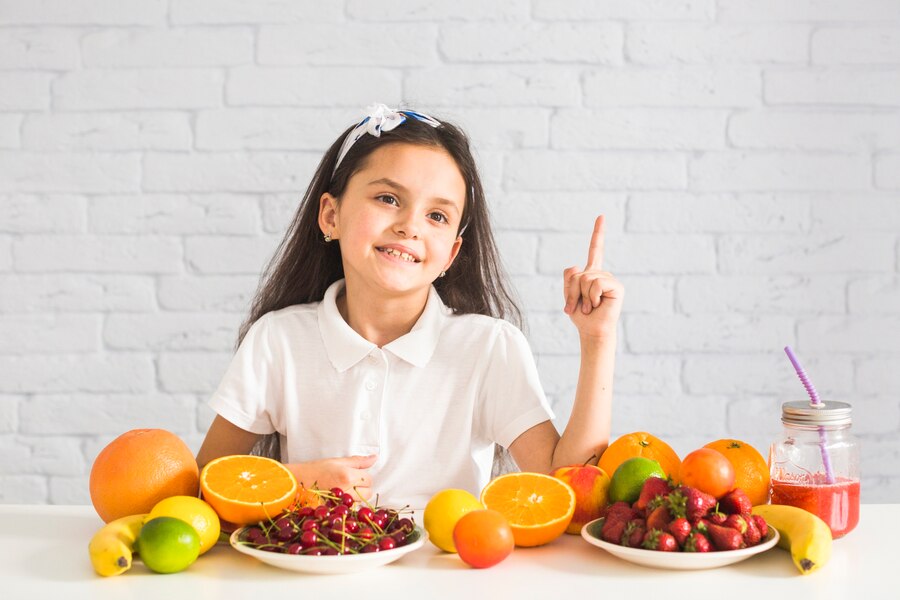
Pingback: Paternity Leave: Why it is so Important? - Every Child Health
Pingback: Childhood Obesity and High Blood Pressure - Every Child Health
Pingback: Teething 101: The Basics of Baby Teething - Every Child Health
Pingback: Smartphone: At what age should a child be given? - Every Child Health
Pingback: Autism: Signs, Symptoms, and Treatments - Every Child Health
Pingback: 10. FAQs on NORMAL DEVELOPMENT AND WHEN TO SUSPECT ABNORMAL DEVELOPMENT? - Every Child Health